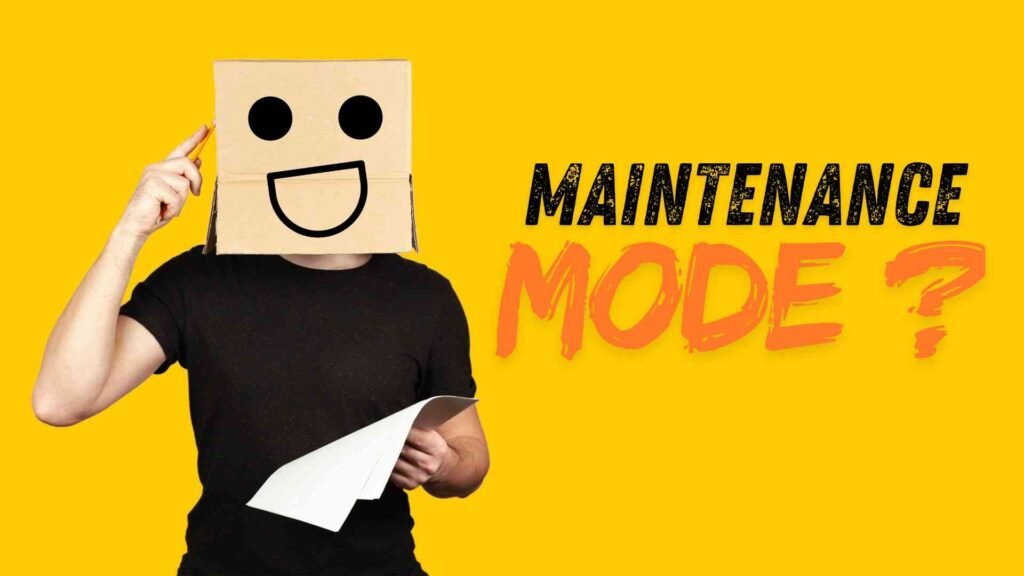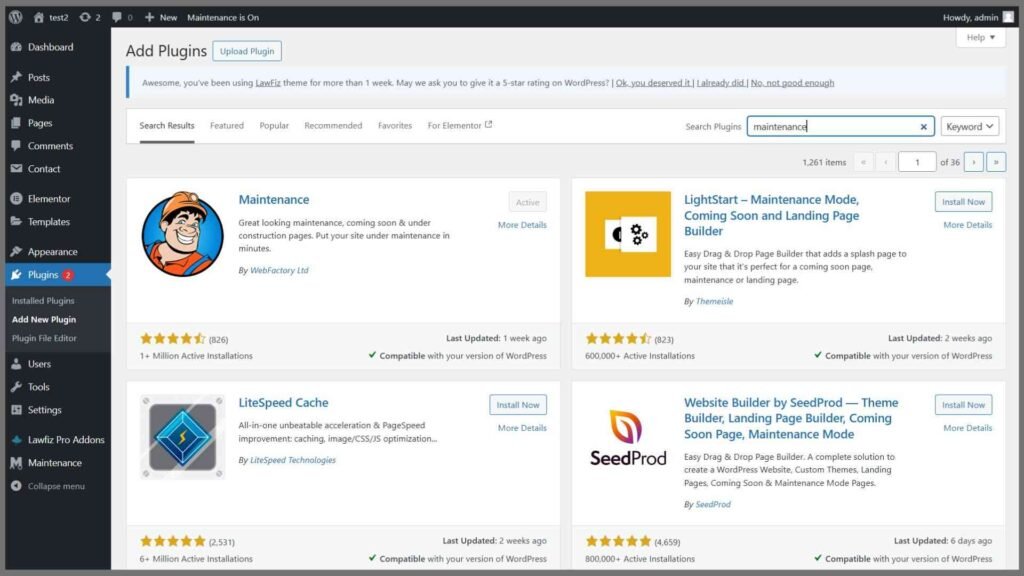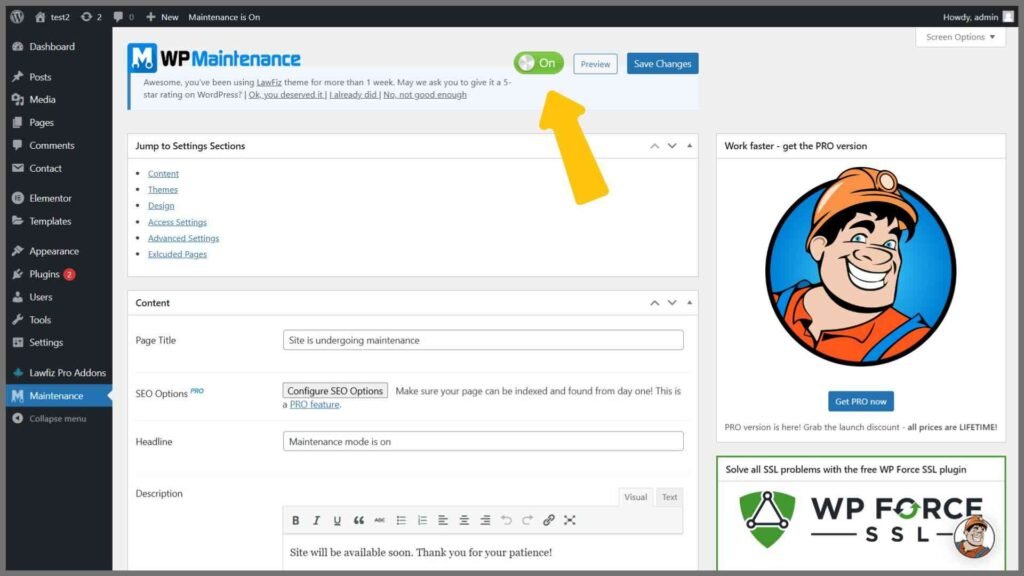Keeping Your WordPress Site Private During Edits: A Comprehensive Guide
“Can I hide my site WordPress while editing?” This is a common question among WordPress users who want to work on their site without exposing it to the public. The answer is a resounding yes. By utilizing a feature called maintenance mode, you can effectively shield your site from visitors while you make necessary changes.
Why is it Important to Hide Your WordPress Site During Edits?
Exposing an unfinished or buggy WordPress site to the public can lead to several negative consequences:
- Poor User Experience: Visitors may encounter broken links, error messages, or a site that doesn’t function as expected.
- Negative Brand Perception: A poorly functioning site can damage your brand’s reputation and credibility.
- Security Risks: Unprotected files and databases could be vulnerable to attacks.
To mitigate these risks, it’s crucial to keep your site private during the editing process. This is where maintenance mode comes into play.
Understanding Maintenance Mode

What is Maintenance Mode?
Maintenance mode is a feature that allows you to temporarily hide your entire WordPress site from public view. When enabled, visitors will see a customized maintenance page instead of your regular site content. This provides a secure environment for you to make edits, test new features, or perform updates without worrying about affecting your visitors.
Can I hide my site WordPress while editing? Yes, you can. Maintenance mode is a powerful tool that allows you to temporarily make your entire WordPress site inaccessible to the public. This is ideal for times when you’re making significant changes, such as redesigning your website, updating plugins, or migrating to a new theme.
How Does Maintenance Mode Work?
When you activate maintenance mode, your WordPress site will display a custom page to all visitors. This page can be customized to include a message, countdown timer, or other relevant information. While visitors see this page, you can work on your site behind the scenes without worrying about affecting the user experience.
Different Ways to Activate Maintenance Mode
There are several methods to activate maintenance mode in WordPress:
- Using Plugins:
- WP Maintenance Mode: A popular and user-friendly plugin that offers a wide range of customization options.
- Coming Soon Page & Maintenance Mode: A versatile plugin that allows you to create both coming soon and maintenance mode pages.
- Better Domain Redirection: A more advanced plugin that provides granular control over redirects and maintenance mode.
- Using a Child Theme (Advanced):
- Creating a Child Theme: A child theme is a theme that inherits the functionality and style of a parent theme. Creating a child theme allows you to make customizations without affecting the core theme files.
- Adding Maintenance Mode Functionality: By editing the child theme’s template files, you can create a custom maintenance page and activate it when needed. This method offers greater flexibility but requires more technical knowledge.
In the next section, we’ll delve deeper into each of these methods and provide step-by-step instructions on how to implement maintenance mode in your WordPress site.
Methods to Activate Maintenance Mode

Can I hide my site WordPress while editing? Yes, you can. Here are the two primary methods to activate maintenance mode in WordPress:
1. Using Plugins
The easiest way to activate maintenance mode is by using a plugin. Here are some popular options:
- WP Maintenance Mode: This plugin offers a simple and effective way to create a custom maintenance page. You can customize the page’s appearance, add a countdown timer, and even redirect users to a specific page.

- Coming Soon Page & Maintenance Mode: This plugin allows you to create both coming soon and maintenance mode pages. You can customize the design, add social media links, and set up email notifications.

- Better Domain Redirection: While primarily a redirection plugin, this plugin also includes a maintenance mode feature. It offers advanced customization options, including the ability to set up specific rules for different user roles.
Pros and Cons of Using Plugin:
| Pros of Using Plugins | Cons of Using Plugins |
|---|---|
| Easy to Use: Most plugins have a user-friendly interface that requires minimal technical knowledge. | Potential for Conflicts: Plugins can sometimes conflict with other plugins or theme files. |
| Customizable Options: You can tailor the maintenance page to your specific needs. | Performance Overhead: While minimal, plugins can slightly impact your website’s performance. |
| Quick Setup: Plugins can be easily installed and activated. |
2. Using a Child Theme (Advanced)
For more advanced users, creating a child theme is a powerful way to customize your WordPress site, including implementing maintenance mode.
Creating a Child Theme:
- Create a New Folder: In your WordPress theme’s directory, create a new folder with a descriptive name, such as “child-theme.”
- Create the
style.cssFile: Inside the child theme folder, create astyle.cssfile and add the following code:
- Activate the Child Theme: Go to Appearance > Themes in your WordPress dashboard and activate the child theme.
Adding Maintenance Mode Functionality:
- Create a Maintenance Page Template: Create a new template file in your child theme’s directory, such as
maintenance.php. - Design the Maintenance Page: Use HTML, CSS, and PHP to design the appearance and content of the maintenance page.
- Activate Maintenance Mode: Add a code snippet to your theme’s
functions.phpfile to activate the maintenance mode:
PHP code:
}
}
NOTE: If you copy this code directly, you might notice that some quotes, appear as “curly” or “smart” quotes (‘ ’). To ensure the code functions correctly, replace all opening and closing curly quotes with regular straight quotes.
By following these steps, you can effectively implement maintenance mode in your WordPress site, ensuring a seamless user experience while you make necessary edits.
Best Practices for Maintenance Mode

Can I hide my site WordPress while editing? Yes, you can. While maintenance mode is a powerful tool, it’s essential to follow best practices to ensure a smooth experience for both you and your visitors.
Here are some tips to keep in mind:
- Inform Your Visitors:
- Clear Message: Add a clear and concise message explaining the reason for the maintenance.
- Estimated Time: Provide an estimated time for completion to manage visitor expectations.
- Test Thoroughly:
- Preview the Maintenance Page: Ensure the maintenance page looks as intended across different devices and browsers.
- Test Core Functionality: Verify that all essential website functions are working correctly, even in maintenance mode.
- Disable Unnecessary Plugins and Themes:
- Minimize Conflicts: Temporarily deactivate plugins and themes that aren’t crucial to avoid potential conflicts.
- Optimize Performance: Reduce the load on your server by disabling unnecessary resources.
- Back Up Your Site:
- Create a Full Site Backup: Before making significant changes, create a complete backup of your website to safeguard your data.
- Regular Backups: Implement a regular backup schedule to protect your site from accidents and security threats.
By following these best practices, you can effectively use maintenance mode to protect your WordPress site during edits and provide a positive experience for your visitors.
Conclusion
By understanding the concept of maintenance mode and implementing the strategies outlined in this guide, you can effectively hide your WordPress site while editing. This essential practice ensures a seamless user experience, protects your site’s reputation, and minimizes potential risks.
Whether you choose to use plugins or a child theme approach, it’s crucial to prioritize clear communication with your visitors, thorough testing, and regular backups. By following these best practices, you can confidently maintain and update your WordPress site without compromising its accessibility or security.
Need Assistance?
If you require further assistance with implementing maintenance mode or other WordPress-related tasks, consider reaching out to Spiracle Themes. They specialize in WordPress development and can provide expert guidance and support.
1. Can I hide my WordPress site while editing without affecting SEO?
Yes! Using maintenance mode plugins allows you to keep your site hidden without impacting SEO. Search engines won’t index the under-construction page.
2. How do I make my WordPress site private temporarily?
You can use plugins like SeedProd or WP Maintenance Mode to temporarily hide your site from visitors while you work on it.
3. Will my regular visitors know the site is under maintenance?
No, they’ll only see the maintenance page or “coming soon” message you set up, so your site’s appearance remains professional during edits.
4. Can I allow only certain people to view my site while it’s hidden?
Yes! Many maintenance mode plugins let you set access permissions so only specific users (like logged-in editors) can see the live site.
5. How do I turn off maintenance mode once editing is done?
You can easily disable maintenance mode through your plugin settings, instantly making the site visible to the public again.










